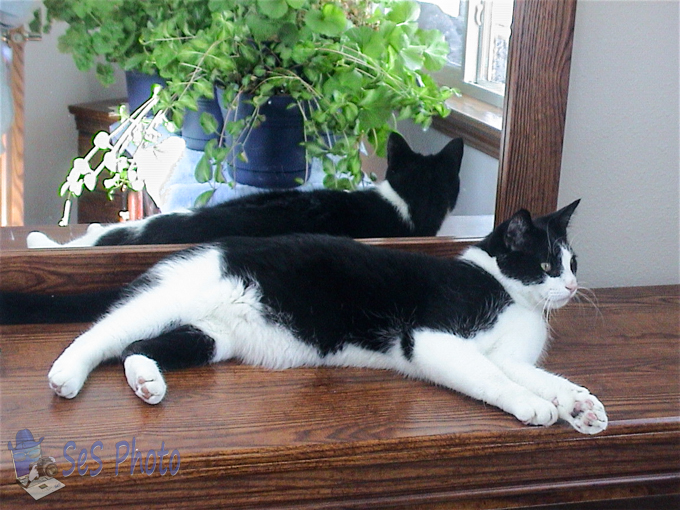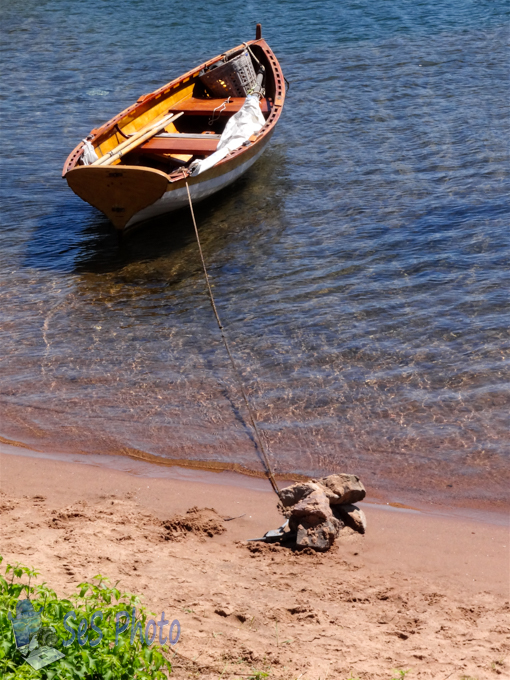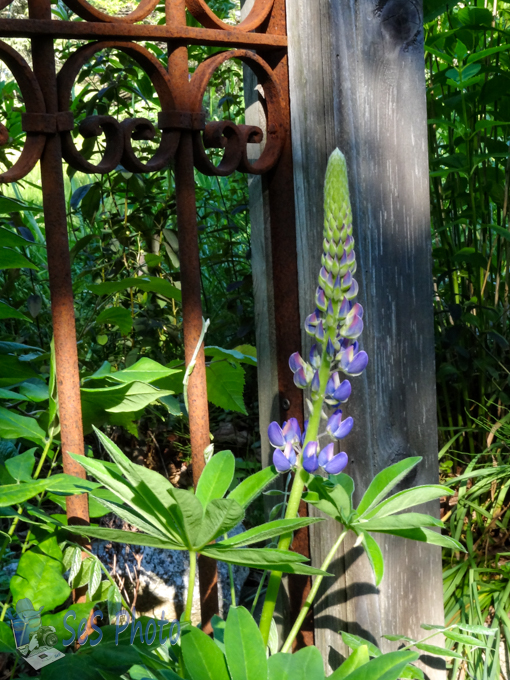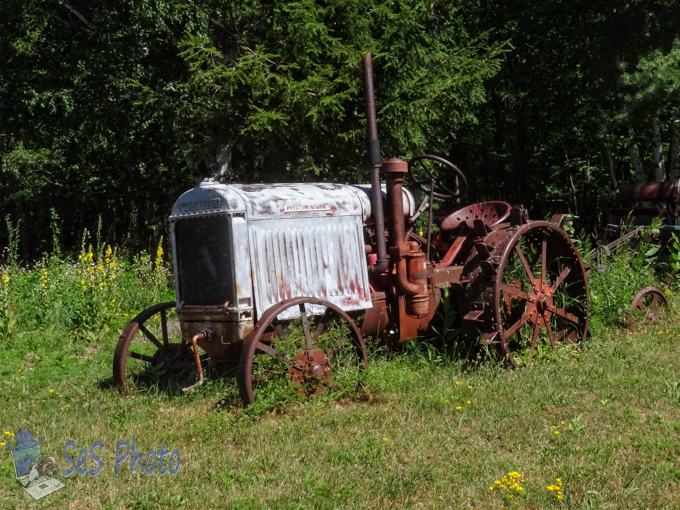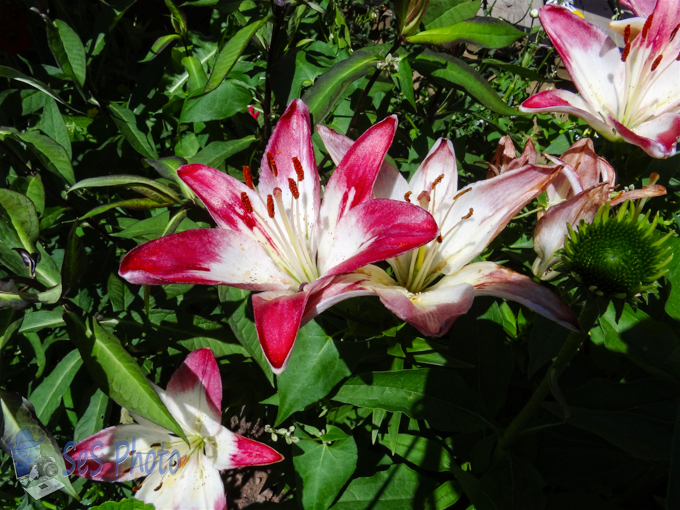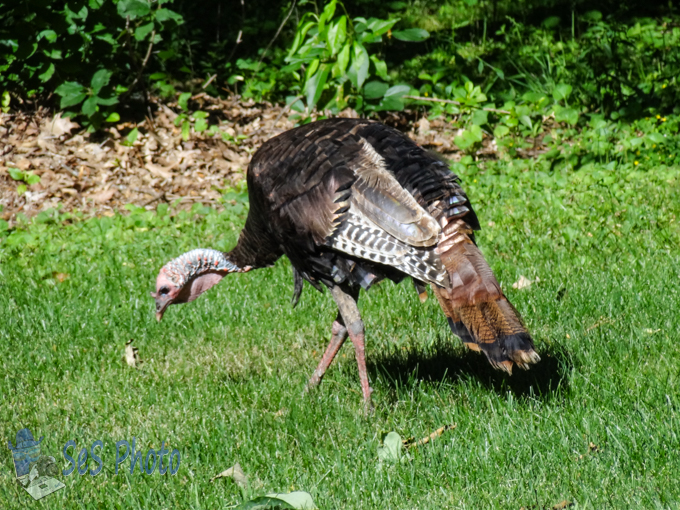Twenty years ago today, my cat Dutch was born and while he is no longer living, he was one those cats that leaves a lasting memory. He reminded me of the Simon’s Cat cartoon trying to wake his master up. When Dutch woke in the morning, he wanted you up and would turn on my clock radio (which the on button was the tenth of the size of the off button). And when that didn’t work, he would go out to the kitchen and start throwing stuff off the counter.
My Dutch


